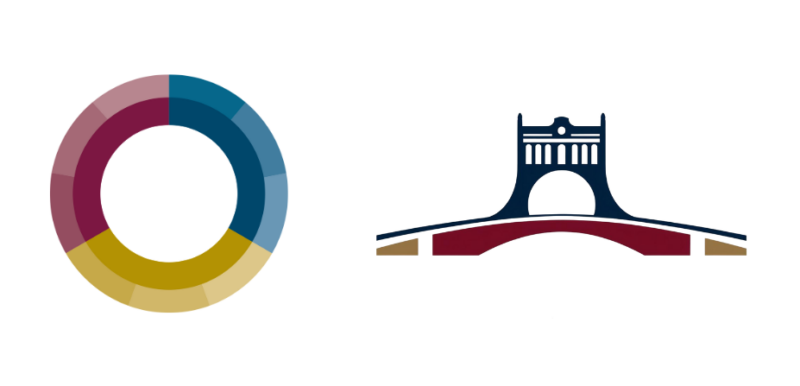Havana, Cuba
General Information
Administrative status
Capital of the Island of Cuba
Old Havana and its Fortification System
Registration Year
1982
Historical function
Trade
Location and site
Havana (La Habana) occupies a narrow peninsula at the entrance of a well protected port. Situated in the northernmost part of the Island of Cuba and of the West Indies crescent, it opens onto the Florida Strait and the Atlantic Ocean.
Urban morphology
An artery runs alongside the sea and up against the contours of Havana’s landscape. The overall plan, composed of narrow, rectilinear streets, is organised according to an orthogonal grid. The four squares that formed the basis of the urban design, including the Plaza de Armas which served as the nucleus of the city, are situated near the port.
Baroque and Neoclassical architecture make up the monumental fabric of the old city. The Cathedral and the important civic monuments, including the municipal palace of the 18th century, are of Baroque inspiration, as are a number of urban ensembles, such as the Plaza Vieja. These are complemented by seigneurial homes of Neoclassical styling. The houses are decorated with ironwork and arcades.
Registration criteria
Criterion (iv): The historic fortunes of Havana were a product of the exceptional function of its bay as an obligatory stop on the maritime route to the New World, which consequently necessitated its military protection. The extensive network of defensive installations created between the 16th and 19th centuries includes some of the oldest and largest extant stone fortifications in the Americas, among them La Cabaña fortress on the east side of the narrow entrance canal to Havana Bay, Real Fuerza Castle on the west side, and Morro castle and La Punta castle guarding the entrance to the canal.
Criterion (v): The historic centre of Havana has maintained a remarkable unity of character resulting from the superimposition of different periods in its history, which has been achieved in a harmonious yet expressive manner through adherence to the original urban layout and underlying pattern of the city as a whole. Within the historical centre of the city are many buildings of outstanding architectural merit, especially surrounding its plazas, which are set off by houses and residential buildings in a more popular or traditional style that, when considered as a whole, provide an overall sense of architectural, historical and environmental continuity that makes Old Havana the most impressive historical city centre in the Caribbean and one of the most notable in the American continent as a whole.
Historical reference
- Soon after the foundation of Havana in 1519, the Spanish undertook the fortification of the site to protect it from repeated attacks by pirates and privateers in 1528, 1555 and 1563. The process of construction and reconstruction continued over a period of four centuries. In the 16th century, the layout of the Plaza de Armas was established and three other urban squares were added as the base of Havana’s original urban plan. By the end of the century, the Castello de Morro was erected at the entrance of the port.
- In the 17th century, Havana was already the foremost center for naval construction in the West Indies. Its economic role began to outweigh its strategic role as its port became the transit point for shipping gold and silver from Mexico and Peru to European destinations. New fortresses, convents, and churches were erected.
- Havana was taken over by the English in 1762 and reconquered by the Spanish in 1763. The famous Fortress of San Carlos de la Cabaña (1772-1774) was constructed later, as were several palaces. The Cathedral was built at the end of the 18th century. The Plaza de Armas was the nucleus of the city in the 19th century.
Photos
News
Contact

Sra. Yanet Hernández Pérez
Gobernadora de La Habana
Gobierno de La Habana
Avenida de las Misiones No. 25, La Habana Vieja
La Habana, Cuba
10100
+53 7868-2320
[email protected]
Arq. Patricia Rodríguez Alomá
Directora
Oficina del Historiador de la Ciudad de La Habana
Mercaderes No. 116 e/ Obispo y Obrapía
La Habana, Cuba
10100
+53 7860-3277
[email protected]
Sr. Anselmo Breto Vázquez
Director de Desarrollo Territorial
Gobierno de La Habana
(+53) 52150577
[email protected]





